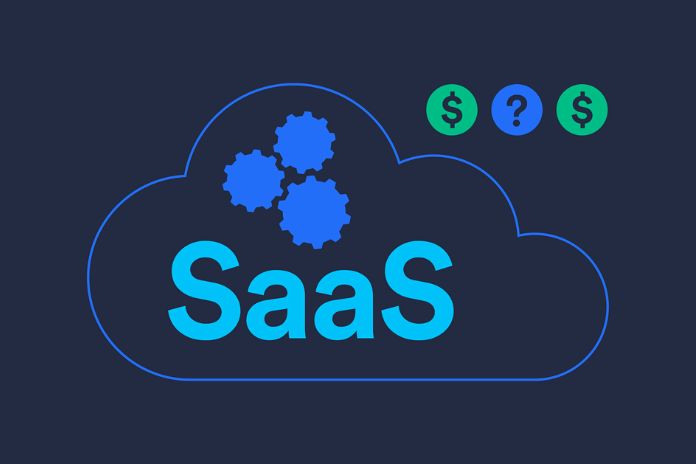The diffusion of the Internet and the speed of data communication has allowed the birth of many ” Software as a Service ” products, also known by the acronym SaaS or the definition of on-demand software. It provides software applications to end users directly over the Internet by accessing the service through a connection. A SaaS product can greatly benefit most businesses in terms of cost and flexibility. However, the disadvantages of SaaS (such as lack of direct control) are significant and should be addressed by IT department management.
What Is Software As A Service (SaaS)?
This is a licensing and use model where the software is:
- licensed on a subscription basis, typically monthly, quarterly, or annually
- centrally hosted in the cloud
- accessible from a browser via an internet connection
SaaS is an alternative to the traditional software-on-premise installations we have become accustomed to over the past decades. It has become a very common method for many business applications, including:
- communication tools
- accounting programs
- customer relationship management
- human resource management
- enterprise resource planning
- enterprise performance management suites
Let’s see objectively what the advantages and disadvantages of a solution like the SaaS one can be; this allows us to evaluate the use of plug-and-play systems as a whole instead of systems on specifically created platforms.
The Advantages Of A SaaS
SaaS offers many potential advantages over traditional enterprise software deployment models, including:
- Lower upfront costs: SaaS is, for the most part, membership-based and has no forthright authorizing costs, implying lower forthright expenses. Also, the SaaS supplier deals with the IT framework that runs the product, which diminishes equipment and programming upkeep costs.
- Quick setup and deployment: Your SaaS application is currently introduced and arranged in the cloud. This limits normal postponements because of frequent extensive customary programming sending.
- Simple updates: SaaS providers manage equipment and programming refreshes, disperse refreshes midway to facilitated applications, and eliminate this responsibility and obligation from the client.
- Accessibility: All required to access a SaaS application is a browser and an internet connection, making SaaS more accessible than installing traditional enterprise software.
- Scalability: SaaS providers typically offer many subscription options and the flexibility to change subscriptions as and when needed, such as when more users need access to the service.
A tool thought of as SaaS can help you get the most out of a limited IT budget and gives you access to the latest technology and professional support. A few potential burdens should likewise be considered before choosing the last choice.
Disadvantages Of A SaaS
The SaaS model sometimes has some shortcomings, including:
- Lack of Control: An internal application provides organizations with a more elevated level of control than arrangements facilitated by a third get-together.
- Data Security Concerns: Access management and touchy data security are significant contemplations for cloud and facilitated administrations.
- Connectivity Requirements: Because the SaaS model is given web conveyance, you will lose admittance to your product or information, assuming your network access goes down. This happens in two circumstances: absence of association by the client or issues/interference of the assistance by the supplier.
- Performance: SaaS can run slower than local client or server applications, so performance should be kept in mind when the software is not hosted on a local machine.
These are some of the objective and impartial benefits and advantages of this type of solution. It should be underlined that each project has specific peculiarities and that the true strength of an innovation process lies in personalizing without distorting or getting stuck in re-inventing the wheel. Effectiveness and opportunity cost are two determining variables. We have seen some advantages and disadvantages of using a SaaS. A plug-and-play framework facilitated in the cloud considers a quicker project fire-up because designs and customizations are negligible. However, this slows down user adoption because change and innovation are shifted toward the end user.
On the other hand, a gamification platform is a more complex structure where different modules integrate to provide a sufficiently personalized tool. The strong thrust of these tools is given by the self-learning to which the users are led. Adoption rates are therefore higher and allow companies to innovate through digital tools capable of bringing about a real transformation in productivity and project management without having to go through planning, which has always been risky and lengthy, immediately obtaining the advantage of being operational and testing the opportunities first.
Also Read: Five Cost-Effective Ways For An SME To Save Time

